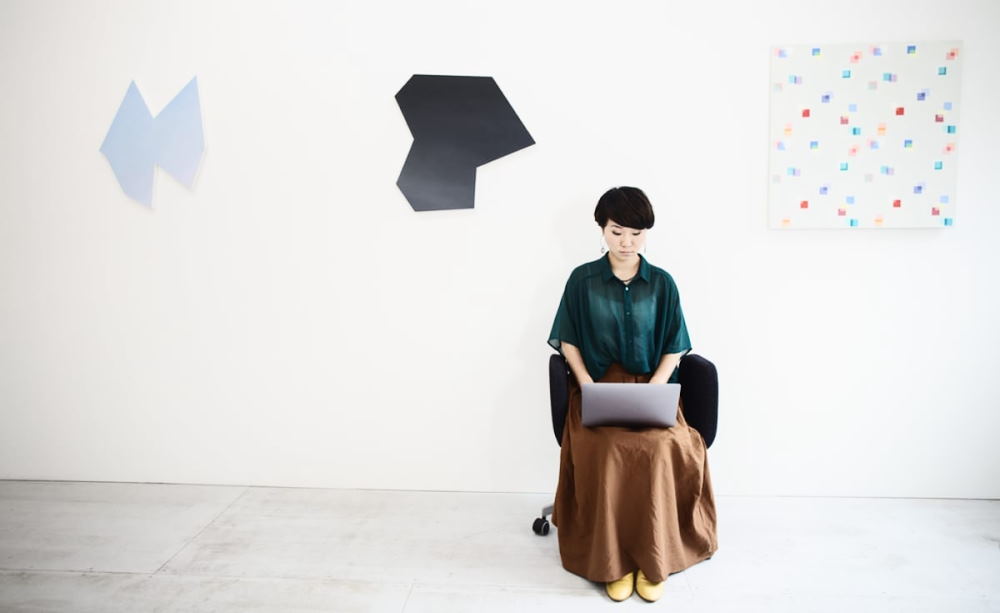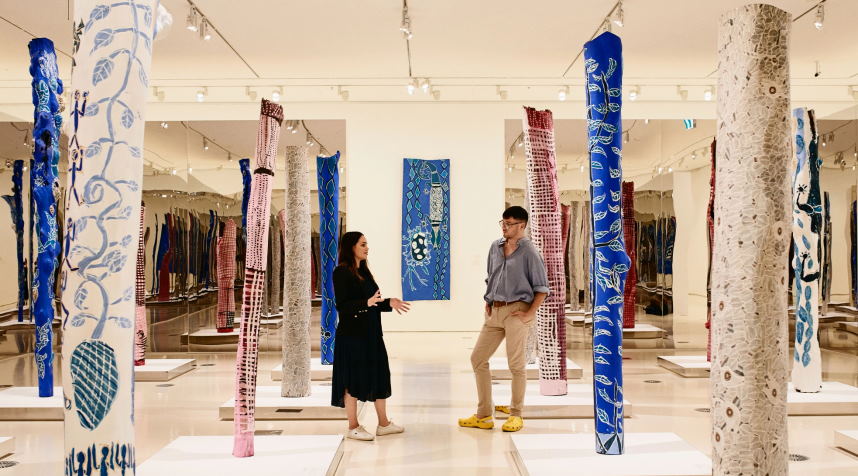Art Curating: Your Guide to a Rewarding Career in the Arts

Art curating is a demanding but rewarding career in the arts. It takes a keen eye for detail, an understanding of art history, and a passion for promoting contemporary artists and their work. If you’re looking for a challenging and stimulating career in the arts, then art curating could be right for you. Here’s everything you need to know about this fascinating profession. We hope you enjoy today’s blog post! Share your thoughts with us in the comments section below. And don’t forget to subscribe to our blog to receive all of our latest posts delivered straight to your inbox! Thanks for reading!
How to become an art curator: the ultimate guide
Working in the arts can be a very rewarding career. There are many different aspects to working in the arts, from curating to financing and everything in between. If you’re interested in a career in the arts, you should know a few things about art curating.
First, what is art curating? Art curating is the process of selecting and presenting works of art. This can be done through an exhibition, a publication, or online. As an art curator, you’ll need to have knowledge of both the history of art and the contemporary art scene. You’ll also need to be able to communicate your ideas clearly and effectively.

Second, what are some of the responsibilities of an art curator? As an art curator, you’ll be responsible for selecting the artwork featured in an exhibition. You’ll also be responsible for creating labels and other materials that explain the artwork to viewers. In addition, you’ll often be responsible for giving tours of the exhibition.
Third, what skills do you need to be an art curator? In addition to knowledge of art history and the contemporary art scene, you’ll need good communication skills. You should also be organized and detail-oriented. Finally, having some experience working with artists and galleries is helpful.
Fourth, what is the job outlook for art curators? The job outlook for art curators is positive. The demand for qualified art curators is expected to grow in the next decade. As the art market continues to grow, so will the need for qualified art curators.
If you’re interested in a career in the arts, consider becoming an art curator. With its combination of creativity and business acumen, an art curator can have a very rewarding career.

A day in the life of an art curator
The art curator is responsible for selecting and maintaining art collections at a museum or gallery. In addition, they work with other museum staff to develop exhibitions and educational programs and often give tours or lectures about the artwork.
A typical day for an art curator may include:
- meeting with artists, dealers, and collectors
- researching and writing proposals for new acquisitions
- overseeing the installation of new exhibitions
- giving tours and lectures to groups
- leading discussions with school groups about specific works of art
- working with conservators to ensure that the artwork is properly cared for
- participating in professional development activities, such as attending conferences or taking classes
- writing articles or catalogs about the collection or specific artists
The art curator may have to update records, write reports, or meet with other museum staff to plan upcoming events.


 Each monthly issue features exhibition reviews, interviews with leading artists, and in-depth essays by critics, curators, and scholars at the forefront of their fields. Centre-fuge Art today reaches both influential art world insiders as well as a broad audience invested in understanding pivotal cultural trends.
Each monthly issue features exhibition reviews, interviews with leading artists, and in-depth essays by critics, curators, and scholars at the forefront of their fields. Centre-fuge Art today reaches both influential art world insiders as well as a broad audience invested in understanding pivotal cultural trends.